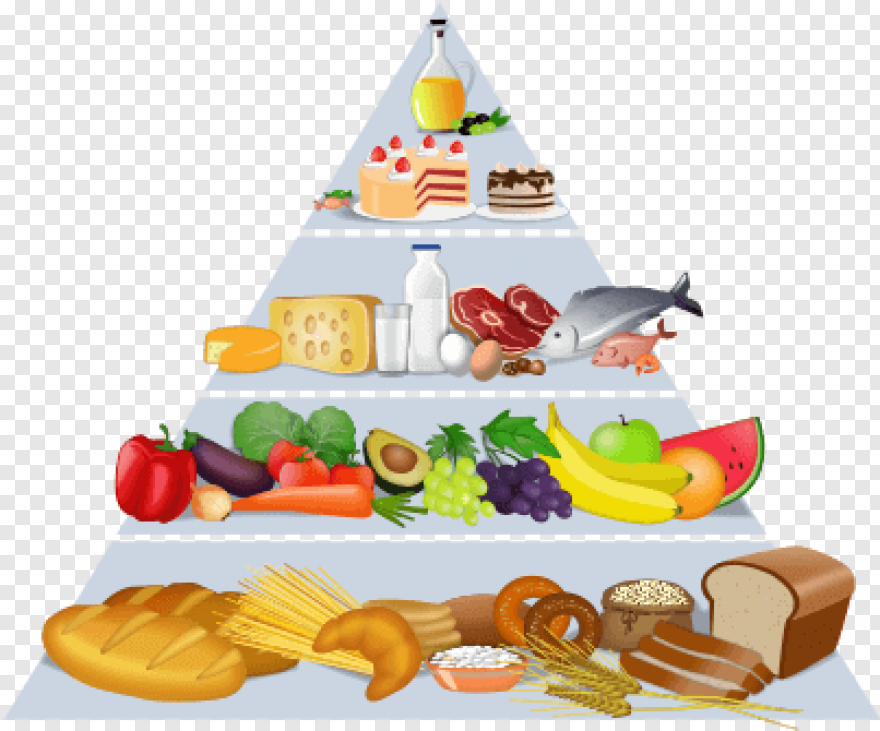How to Claim Food Expenses
The biggest single expense for many family child care providers is food. Therefore, you want to make sure you claim this deduction accurately.
You have two choices in how to claim food expenses:
The Standard Meal Allowance Rule
This rule allows you to claim food expenses without saving any food receipts! I lobbied the IRS to adopt this rule in 2003 (IRS Revenue Ruling 2003-22) because I saw how difficult it was for child care providers to save receipts for all business and personal food and try to sort out which was which.
To use this method, add up all the breakfasts, lunches, suppers, and snacks you serve to the children in your care and multiply by the standard meal allowance rate for 2021/2022: $1.39 breakfast ($1.40 2022), $2.61 lunch/supper ($2.63 2022), $.78 snack ($.78 2022). The rates are higher for Alaska and Hawaii. You can deduct up to one breakfast, one lunch, one supper, and three snacks per day per child (if you serve that many!). Some providers get confused about this because the Food Program will only reimburse up to three servings per day per child. See my "Deduct 6 Meals?" blog post.
All child care providers can use the standard meal allowance rule to claim food expenses whether or not they are on the Food Program, and whether or not they are operating legally. If you use this rule, the main issue is to keep the following records: name of each child, dates and hours of attendance in care, and the number of breakfasts, lunches, suppers, and snacks you served. If you are on the Food Program, keep your monthly claim form that contains this information.
What's most important, however, is to keep a daily record of all meals and snacks that are not reimbursed by the Food Program. You don't need to keep a menu. These non-reimbursed meals and snacks do not have to be nutritious. If you serve a popsicle in the afternoon, it's a snack! I'm not advocating that you serve junk food, but if you do, it's deductible. Do your best to record these non-reimbursable meals and snacks because it adds up: One non-reimbursed snack a day is worth $203 a year per child!
Actual Food Cost Method
If you use this method, you must save receipts for all your business and personal food. Saving all personal food receipts can be a chore. You must do this, however, so that the IRS will believe that your business food receipts are for your business.
You can use several different ways to estimate the actual cost of the food served to the children in your program. You could buy food separately, calculate your own average cost per meal, or deduct a percentage of the total cost of your food.
My book Family Child Care Record Keeping Guide lists six ways to determine your food costs using this method. In addition to all your food receipts, you must also keep the same records described above when using the standard meal allowance rule.
Because of the extra work required by this method, most child care providers use the standard meal allowance rule.
Note: Any food eaten by you or your own children at home is not deductible no matter which method you use to deduct food expenses.
Claim your food expenses on Schedule C as "Other Expenses" on line 27. See my previous blog post "Are CACFP Reimbursements Taxable Income?"
Tom Copeland - www.tomcopelandblog.com
Photo credit: https://www.pngjoy.com/preview/g2k3p6x9w7d7d8_food-pyramid-food-pyramid-png-download/
For more information, see my book Family Child Care Record Keeping Guide.

